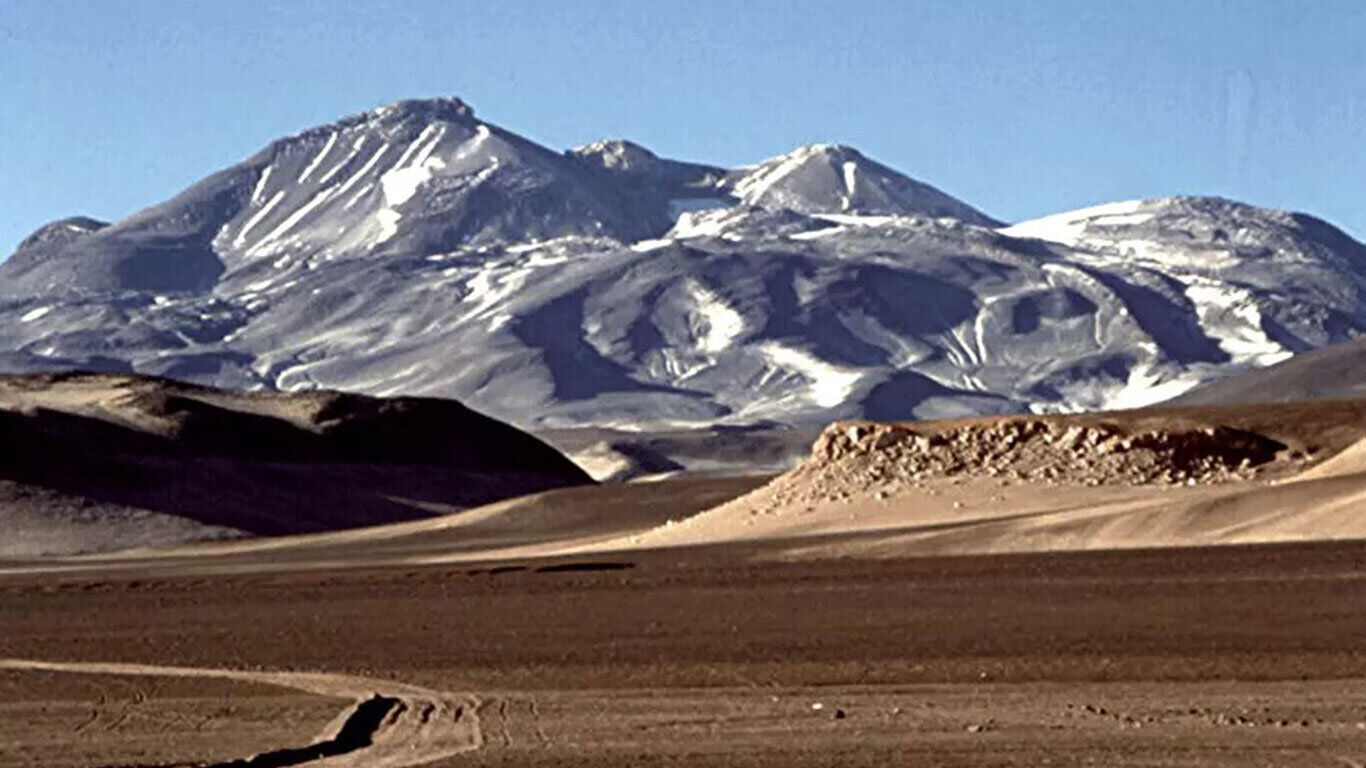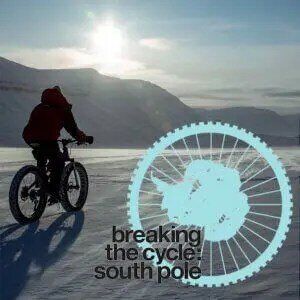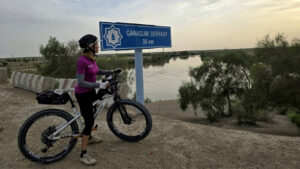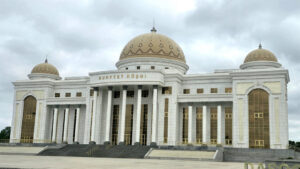Welcome to the first blog for this next expedition in my Breaking the Cycle series, The Andes, the Altiplano & the Atacama. Over the last couple of years I have undertaken to do a preparatory expedition for Breaking the Cycle South Pole on each continent (except Antarctica).
Each journey has been designed to be a credible stand-alone expedition as well as appropriate training for Antarctica – in polar conditions, on sand or at altitude. So far I have completed a bike-packing journey down the Baja Divide (North America), polar testing in Iceland (Europe), an unprecedented fatbike expedition down the Finke River (Australia), a new route over some of the highest passes in Ladakh, India (Asia) and another first, cycling the entire coastline of Namibia (Africa). The last and one of the most physically challenging expeditions in the series will be a journey at altitude – the Andes, the Altiplano and the Atacama (South America).
THE ANDES, THE ALTIPLANO & THE ATACAMA
Spanning over 7000km, the Andes is the longest mountain chain on the planet and boasts some of the highest peaks. The range also has the world’s highest volcanoes. Ojos del Salado on the Chile-Argentina border is the world’s highest, measuring 6,893m and there are more than 50 volcanoes that reach 6,000m. The Andes is also known for its ruins of ancient civilisations and the source of a malaria treatment.
The word altiplano means “high plain” in Spanish. The Altiplano is the area in west-central South America where the Andes are the widest. The bulk of the Altiplano lies in Bolivia, with its northern and western fringes extending into Peru and Chile respectively.
The Altiplano merges with the Puna de Atacama (Atacama Desert high plateau) region of northern Argentina, Chile and southern Bolivia. It is the highest, driest desert on Earth.
The journey will be a bicycle exploration of these high regions, from the rainy, potentially muddy Peruvian highlands, across the Altiplano and its mountainous fringes, the Puna de Atacama and finishing by cycling as high as possible up Ojos del Salado.
THE EXPEDITION
Over the next eight weeks, I am planning to cycle from Cusco in Peru to Ojos del Salado, the world’s highest volcano, in Chile, a distance of about 3500km. I hope to cover at least 500km a week, which will be quite a challenge in the conditions.
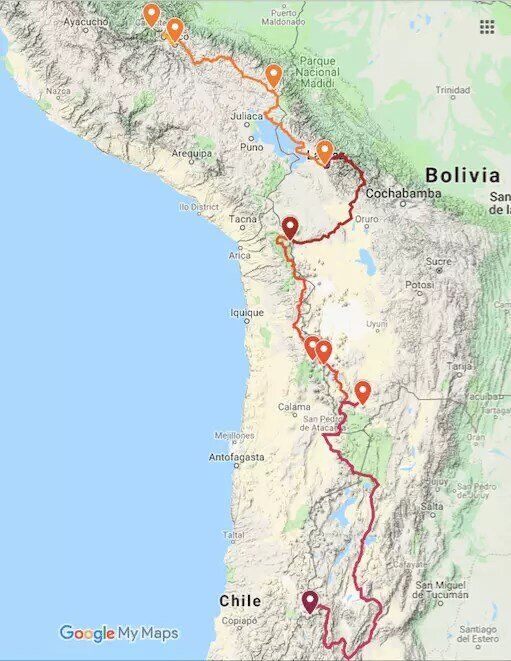
While the average altitude of the Altiplano is 3750m, my route will also take in several climbs in excess of 5000m. The percentage of oxygen in the air at sea level is 20.9%, on the Altiplano it is around 13% and at 6000m it is just below 10%. This will add significantly to my workload.
The weather forecast over the next two or three weeks is a concern. Being at the end of the wet season in southern Peru and northern Bolivia, I have come prepared for some rainy days, but this year, the weather has so far been exceptional. The wet season started almost two months late and seems to be extending into March. It may mean that I have to adapt my plans, particularly if there is a risk of mudslides or if roads are flooded. I’ve prepared for some extreme mountain conditions on Ojos del Salado in late April and have hired a local guide to ensure our safety.
WHY ALTITUDE TRAINING FOR THE SOUTH POLE
Antarctica is the highest, driest windiest continent on Earth, where the altitude on the plateau is around 3000m. In the extreme cold, this will feel more like 4000m. Learning how to cope with such conditions in the Andes will be important physical and mental preparation.
NEARLY THERE!
I started writing this blog about halfway across the Pacific Ocean en route to Cusco via Santiago, Chile. The lead up to this expedition has been even more demanding than usual. The filmmaker that I had lined up had to pull out with less than three weeks to go. I have managed to cobble together a new plan to ensure the safety of myself and my new team-mates and that the journey is captured properly on film.
Chris Pennington, who cycled down the Baja Divide with me in 2018, needed little persuasion to decide to join me. This time Chris wants to concentrate on his filmmaking, so he is not cycling. He will join me in La Paz, Bolivia and do three-quarters of the journey. There, we will also meet Pepe who will be our guide and support vehicle driver for Bolivia and northern Chile. For the start in Peru, I have organised for a local filmmaker, Javier Bellina, who will also drive a 4×4 vehicle. Javier’s hire car cannot cross the border into Bolivia and so for a couple of days I will have to cycle unsupported carrying everything that I bring into Peru, including the cameras. There will be at least one other section that I will need to cycle unsupported – from southern Bolivia, across the high Atacama and into Argentina.
There have been other major projects that I’ve had to juggle over the last few months including the making of the documentary about last year’s journey down Namibia’s Skeleton Coast and organising an Australian/New Zealand presentation tour of the film which we have called Diamonds in the Sand for July and August.
BREAKING THE CYCLE EDUCATION
As with each of my expeditions, the educational aspect is integral. My education partner, Teach SDGs Ambassador, Annie Woollard, has created a fantastic set of ten lessons. Each lesson is dedicated to an aspect of my expedition, focusing on the Sustainable Development Goals, leadership and geography.
We encourage teachers in Australia and around the world to take part and record their involvement by putting themselves and their classes on the world map on the bottom of the home page of www.BreakingTheCycle.education
EXCITED
So even with all of the hurdles and commitments, I may be exhausted, but that’s nothing a few good sleeps won’t fix. I have never been to South America before and I have been researching and developing this expedition for three years, so I am excited to see how this part of the world fits together. I’m also looking forward to properly testing the capabilities of my new Christini all-wheel drive MTB that Steve Christini has custom-designed to give me the best bike for the expected conditions – good grip, stability and reasonable speed.
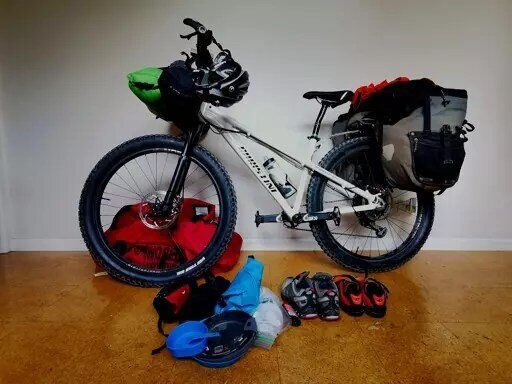
Tomorrow Javier, the Peruvian camera operator, arrives from Lima, so it will be good to meet him and start preparing to set off in two days time.
Here are some images from the flight and first night in Cusco.

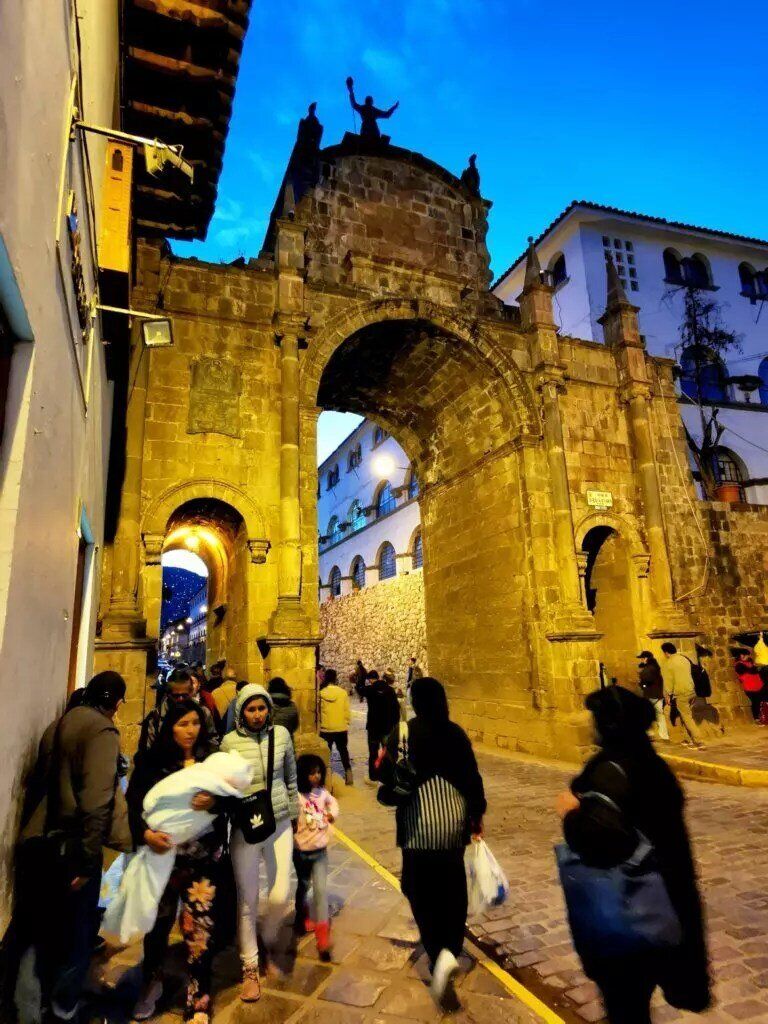
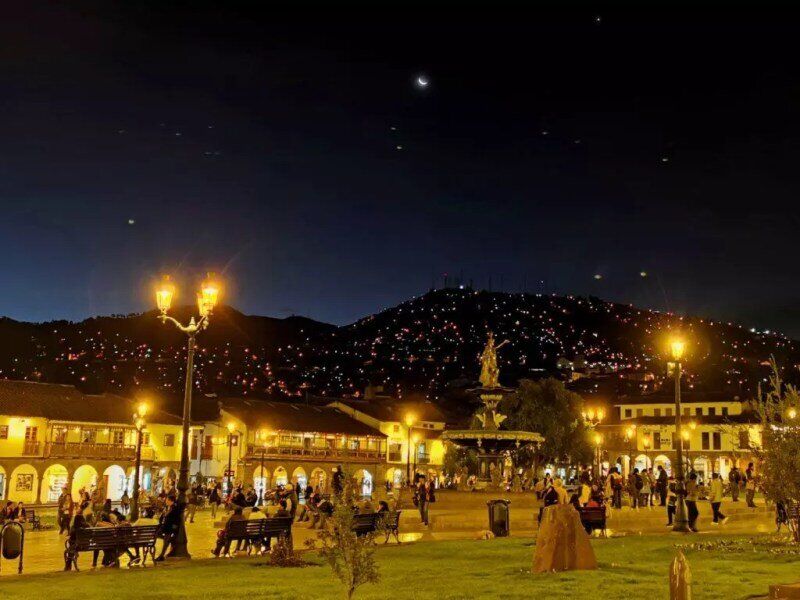

Related posts:
Part 1: Welcome – The Andes, the Altiplano & the Atacama expedition
Part 2: Cusco to Ollantaytambo
Part 3: Machu Picchu and the Sacred Valley
Part 4: Into the Peruvian Southern Highlands
Part 5: To Lake Titicaca and the Border
Part 6: Into Bolivia – unsupported

